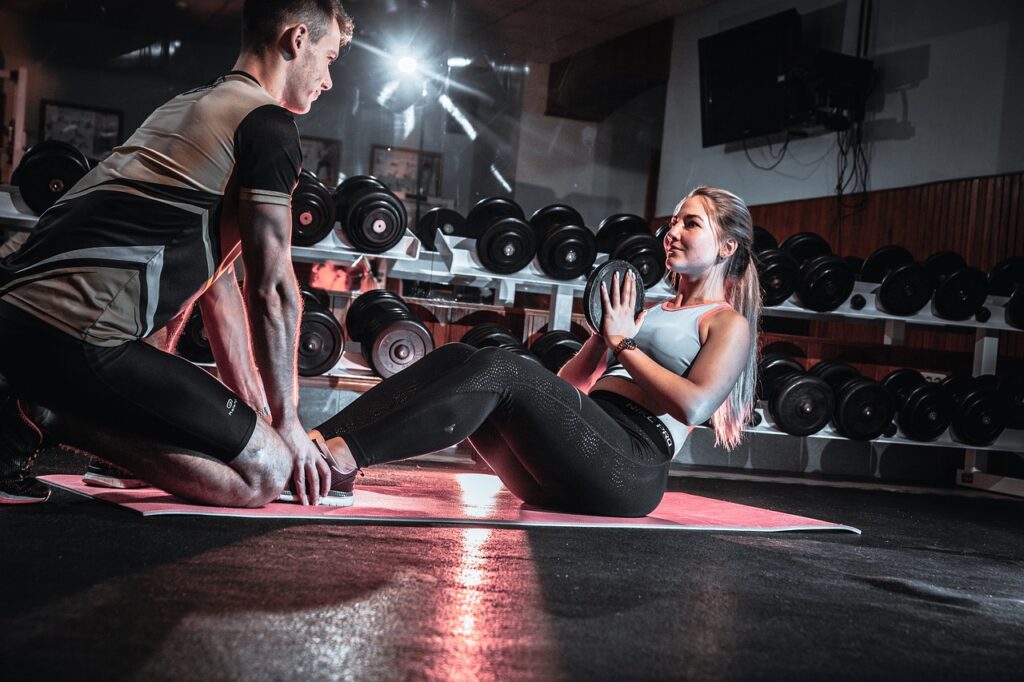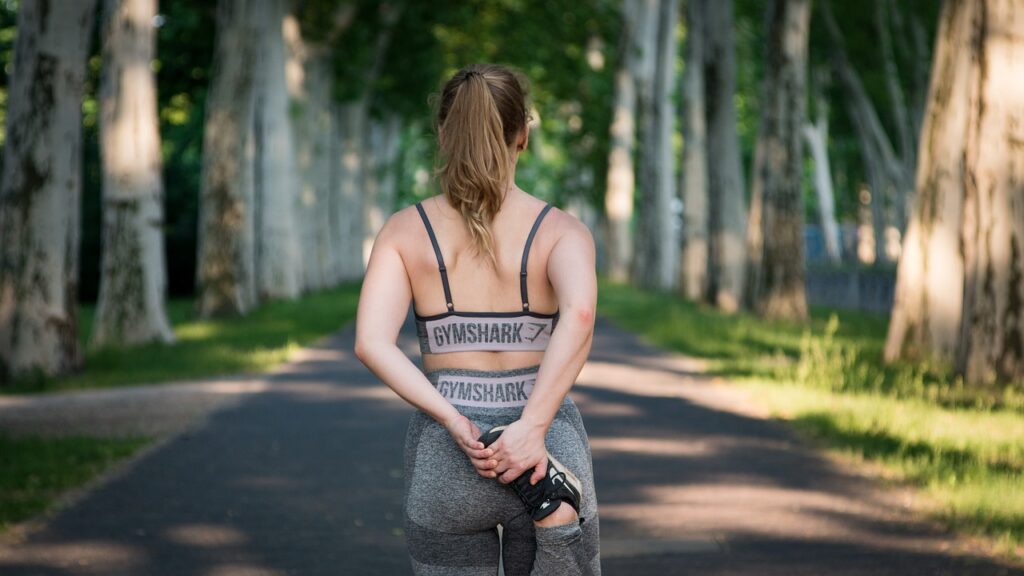Add Skiing and Rowing Machines to Your Workout Routine for Full-Body Benefits
Looking to shake up your usual cardio workout and engage more muscles? Swapping the elliptical or stationary bike for skiing and rowing machine workouts a few days a week provides tremendous full-body benefits.
Rowing and skiing machines provide unrivaled dynamic resistance training that targets all your major muscle groups – not just the lower body. This makes them uniquely effective at both strengthening and cardio conditioning compared to other popular gym equipment.
Read on to learn why skiing and rowing exercises should be part of any complete fitness regimen. I’ll cover the multiple muscles worked as well as tips for getting started with proper form to maximize results.
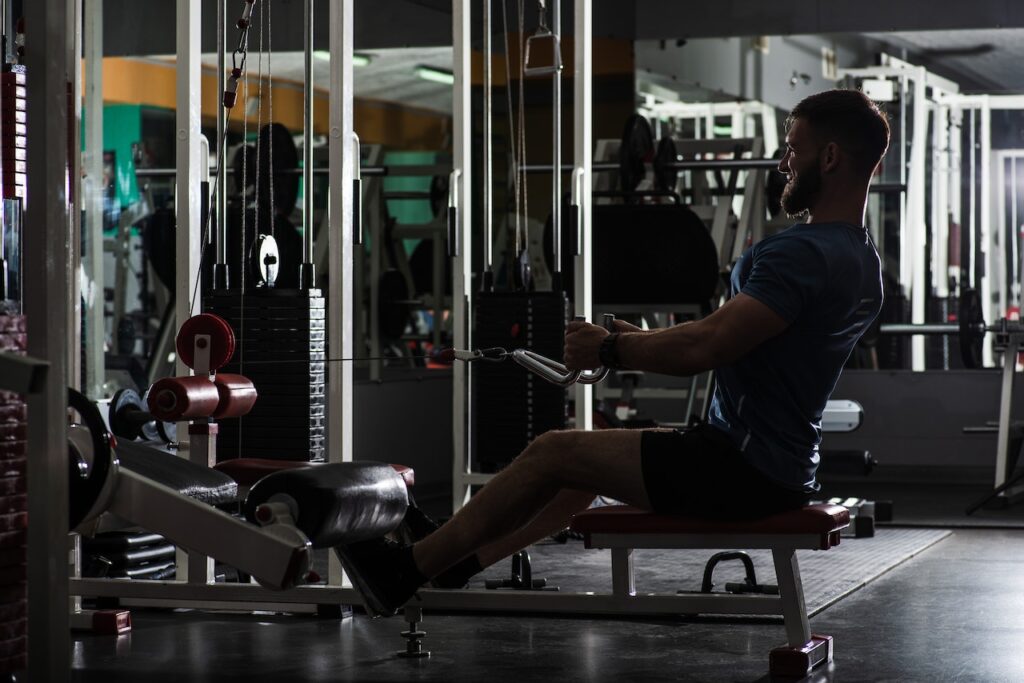
Total Body Benefits of Skiing Machines
Skiing machines, also known as NordicTrack skiers, offer an incredibly effective form of cardiovascular exercise that also engages your arms, core and stabilizing muscles for balance – all at once. Here are some of the biggest benefits of regular ski machine workouts:
Low-Impact Cardio: Like ellipticals, ski machines provide cardio conditioning without the high-impact stress on your joints that comes from running. The smooth gliding motion allows you to raise your heart rate and burn calories without pounding your knees, ankles and hips.
Works Multiple Major Muscle Groups: The combined upper and lower body motion of ski machines recruits more muscles than any other cardio machine. Your quads, glutes, hamstrings and calves power the lower body push. At the same time your lats, biceps and shoulders engage to generate the poling action. Your core activates to maintain proper posture and balance.
Burns More Calories: Due to the involvement of both your upper and lower body simultaneously, Nordic ski machines allow you to burn more calories per minute than activities like biking, running or elliptical training. More muscles working means greater energy expenditure and fat burning!
Enhances Balance and Coordination: Mimicking the real-life motions of Nordic skiing engages all your stabilizing muscles as you shift from side to side and propel the pulleys forward and back. This dynamic workout enhances your overall balance, stability and proprioception.

Total Body Benefits of Rowing Machines
Rowing workouts effectively exercise all your major muscle groups with a compound pulling movement. Here are some of the biggest fitness perks rowing machines offer:
Cardio and Resistance: The dual action of rowing machines provides both cardiovascular endurance training along with strengthening the muscles with dynamic resistance. Adjustable resistance levels allow you to focus on power, endurance or recovery goals.
Engages Back, Arms, Legs and Core: Executing the full backward-forward rowing motion uses your lats, biceps and shoulders to drive the stroke while your quads, glutes and calves control recovery. Your core and spine stabilize to generate power. This makes the ergometer workout highly efficient.
Significant Calorie Burn: Due to the use of large muscle groups, rowing vigorously for 30 minutes can burn 260-350 calories for a 155 pound person. The major leg drive makes the calorie burn similar to that of running. More calories burned equals faster fitness gains.
Full Range of Motion: The smooth cyclical rowing motion allows for an expansive range of movement that enhances flexibility in your hips, spine and shoulders while strengthening your posture. Other machines lack this benefit.
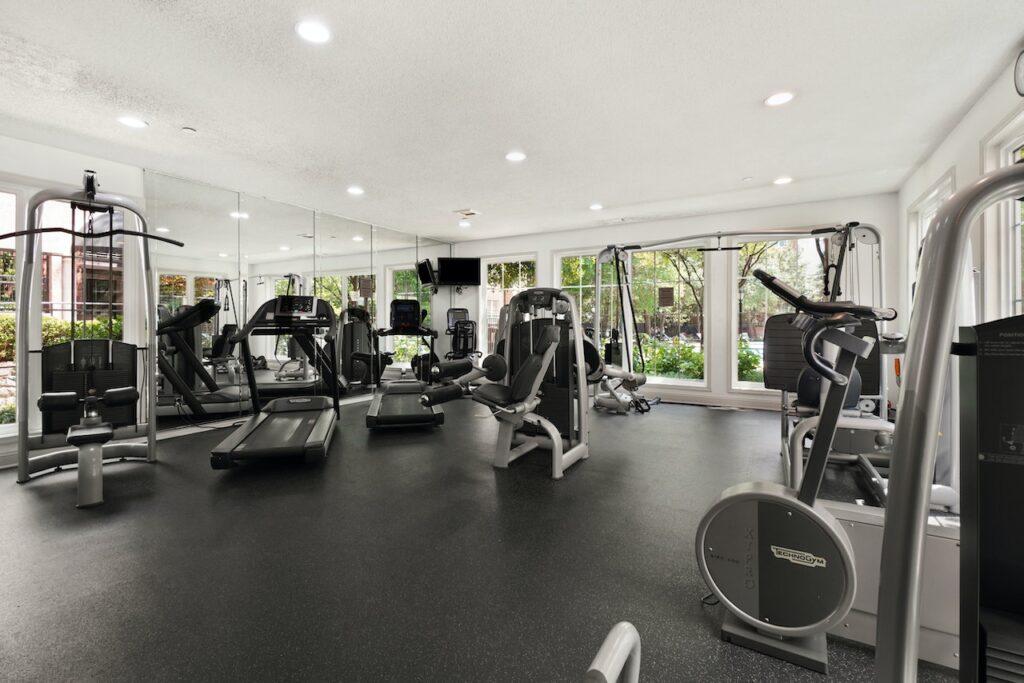
Advantages Over Other Cardio Options
Compared to more common treadmills, bikes and ellipticals, ski and row options provide more dynamic and holistic workouts:
More Muscles Worked: Skiing and rowing movements engage both the upper and lower body for total body training. This contrasts the predominantly lower body focus of treadmills and ellipticals or mostly upper body engagement of upright bikes.
Greater Range of Motion:
The combined pushing and pulling actions utilize a greater range of motion through multiple joints including shoulders and hips. This enhances flexibility beyond the limited movement of other machines.
Both Anaerobic and Aerobic Options: The ability to sprint in intervals or maintain a steady training pace caters to anaerobic power bursts or aerobic endurance respectively. This variability in training makes skiing and rowing workouts more exciting.
Full Body Engagement Prevents Boredom: Incorporating movements of the upper body, core and stabilizers in addition to the legs provides greater exercise complexity. This enhances mental engagement and prevents the monotonous boredom some experience on equipment working just one region.
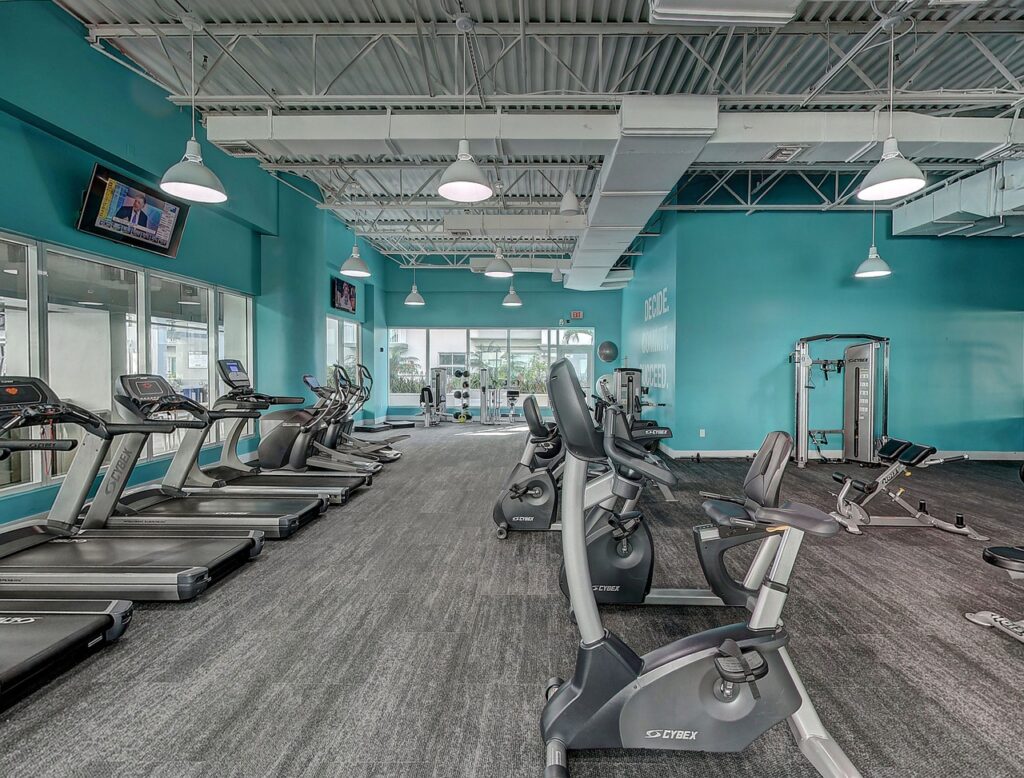
Finding the Best Leggings for Skiing and Rowing Machines
Using a skiing or rowing machine during your workout provides unparalleled full-body training. But maximizing your performance relies on wearing the right leggings for the job. Ideal leggings allow you to pole and stride or drive with your legs freely without restriction or coverage concerns.
Here are the key features to look for when shopping for leggings suited for Nordic skiing and rowing machine exercises:
Moisture-Wicking Fabric
As your cardio intensity builds, moisture-wicking fabric is essential to keep you cool and dry. Technical performance fabrics draw sweat off your skin so it can evaporate quickly. This prevents both overheating and the chafing caused by wet fabrics.
Look for leggings made with combinations of polyester, nylon and spandex plus specialty wicking technologies like Celliant or Cocona that maximize airflow and cooling. Avoid cotton which absorbs sweat rather than wicking it.
Four-Way Stretch
The dynamic motions required on skiing and rowing machines require leggings that flex and stretch freely as you move. Four-way stretch fabrics containing ample spandex (at least 15-25%) extend in every direction.
Quality activewear leggings mold to your body during exercise thanks to spandex, then bounce back into shape. Insufficient stretch leads to restricted mobility and discomfort.
Compression Fit
Light compression improves blood flow and circulation to your exercising muscles. Enhanced blood flow allows you to work out longer and harder with less fatigue when using skiing and rowing machines. It may also aid quicker muscle recovery.
Look for leggings offering moderate 20-30 mmHg compression ratings, especially through the quads, glutes and calves which power these motions. Graduated compression that decreases from ankle to knee is ideal.
Flatlock Seams
The motions required during rowing and skiing workouts involve considerable friction, especially along the inner thighs. Flatlock stitching creates minimal thickness at seams to avoid irritation and chafing during intense cardio.
Seamless leggings are another excellent choice that prevents chafing by eliminating seams altogether. Just beware cheaper models can lack needed compression. High quality is key.
Ventilation Zones
Strategic mesh ventilation zones allow heat and sweat to escape critical points like behind the knees, the calves or ankles. This is crucial when exerting yourself on cardio machines to prevent overheating.
Well-placed ventilation paired with moisture-wicking fabric keeps air circulating so you stay cool and comfortable even during vigorous workouts on the rowing or skiing machines.
Now that you know what to look for in leggings for these machines, you can stride, row and lunge confidently in the right activewear. Being equipped with high performance leggings allows you to get the most out of full-body cardio and total body toning.
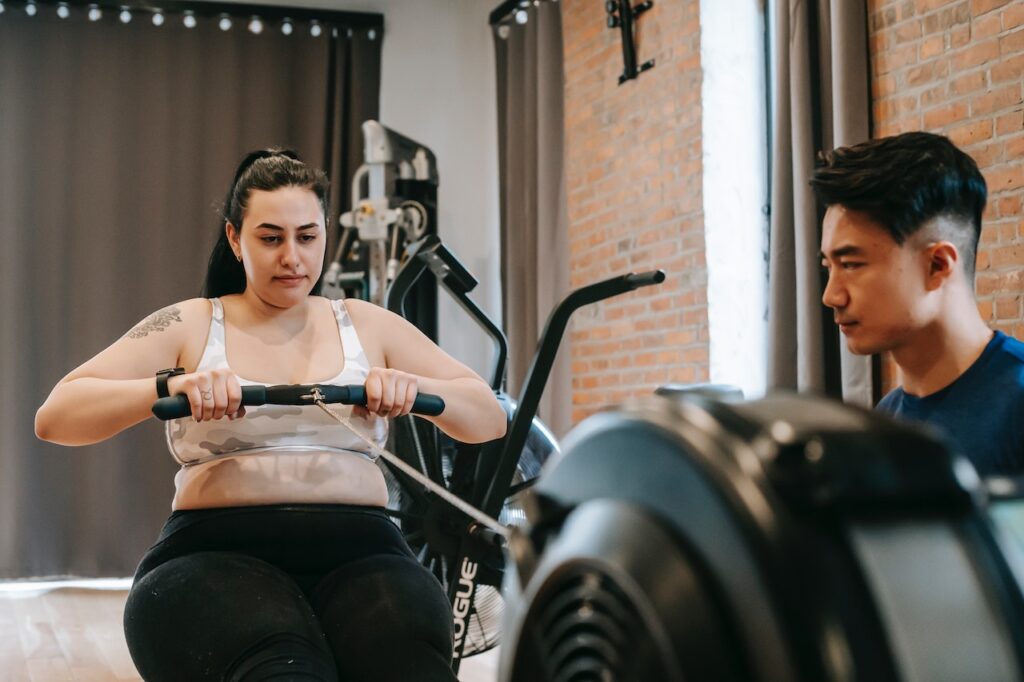
Tips for Getting Started with Ski and Row Machines
If you are new to skiing and rowing workouts, begin by incorporating these tips:
Start with Lower Resistance
Choose easier resistance settings when first getting accustomed to the proper motions to allow your body to adapt before increasing intensity.
Focus on Proper Form and Technique Perfect your posture, grip, stride and recovery with lighter resistance before concerning yourself with adding load. Good form prevents injury risk.
Gradually Increase Duration and Intensity Build up endurance over time by beginning with 10-15 minute interval sessions then extending duration once the motions feel smooth and controlled.
Add 2-3 Times Per Week to Strength Training Incorporate skiing or rowing after strength training the same muscles 2-3 days per week for balanced fitness routine. Program sufficient rest days.
Adding Nordic skiing and rowing workouts to your regimen a few days a week will leave you feeling stronger, leaner and more athletically capable in record time. The full-body burn challenges you in new ways for maximum results. Give skiing and rowing exercises a try – your muscles will thank you!

